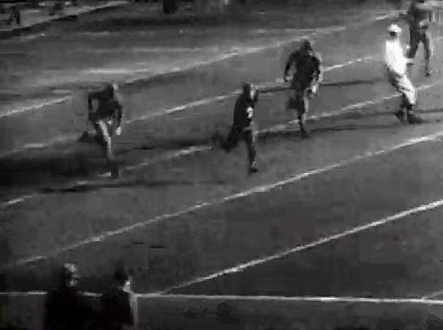
Pictured above is Notre Dame halfback Jack Elder's 96 yard interception return that beat Army 7-0 in the season finale for both teams (Army did not play Navy this year). Notre Dame finished 9-0, and they are a nearly unanimous choice for 1929 mythical national champion (MNC). As usual, however, there is one contrarian, and as usual, it's Parke Davis.

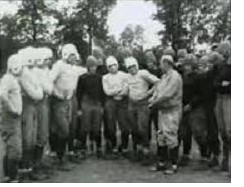 Notre Dame had won their first MNC in 1924
behind the famed "Four Horsemen," and I covered their legendary coach,
Knute Rockne, in that article. From that time forward, they were the
media's one true love. They won a lot, they traveled a lot (so everyone
could see them), they played in high-profile intersectional games
against various regions' top teams, and their coach was
highly charismatic. Many of the nation's
other football-playing schools were smitten as well, and Knute Rockne's
players were hired as coaches left and right
Notre Dame had won their first MNC in 1924
behind the famed "Four Horsemen," and I covered their legendary coach,
Knute Rockne, in that article. From that time forward, they were the
media's one true love. They won a lot, they traveled a lot (so everyone
could see them), they played in high-profile intersectional games
against various regions' top teams, and their coach was
highly charismatic. Many of the nation's
other football-playing schools were smitten as well, and Knute Rockne's
players were hired as coaches left and right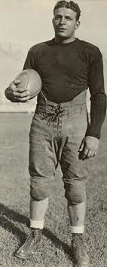 Notre Dame had 2 consensus All Americans in 1929, both Hall of Famers
Notre Dame had 2 consensus All Americans in 1929, both Hall of Famers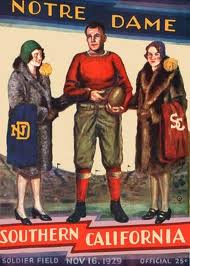 Attendance
for this game at Soldier Field was estimated at 112,000 to 123,000,
similar to other big games that had been held at Soldier Field in each
of the previous 3 seasons
Attendance
for this game at Soldier Field was estimated at 112,000 to 123,000,
similar to other big games that had been held at Soldier Field in each
of the previous 3 seasons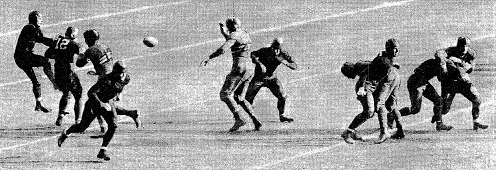
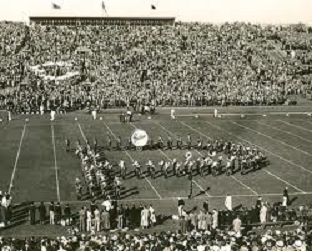
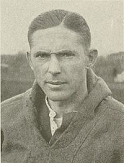 Purdue
had not had a winning season for 9 straight years 1915-1923, but Hall of
Fame coach Jimmy Phelan (pictured at left), who had played quarterback
for Notre Dame 1915-1917, led them out of the Big 10 cellar. He was
35-25-5 at Purdue 1922-1929. They went 5-2-1 in 1926, 6-2 in
1927, 5-2-1 in 1928, and 8-0 in 1929, Purdue's first Big 10 title
and their first perfect season since 1892, when they had also gone 8-0
Purdue
had not had a winning season for 9 straight years 1915-1923, but Hall of
Fame coach Jimmy Phelan (pictured at left), who had played quarterback
for Notre Dame 1915-1917, led them out of the Big 10 cellar. He was
35-25-5 at Purdue 1922-1929. They went 5-2-1 in 1926, 6-2 in
1927, 5-2-1 in 1928, and 8-0 in 1929, Purdue's first Big 10 title
and their first perfect season since 1892, when they had also gone 8-0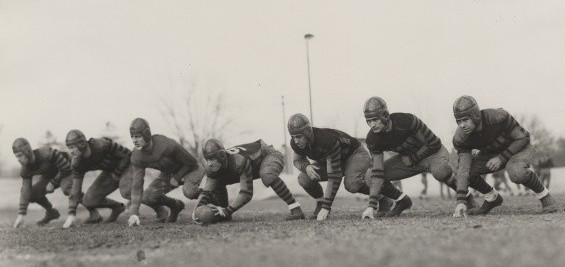
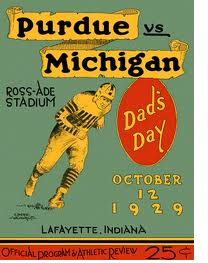 Purdue's schedule
wasn't particularly challenging, but their
performance was very strong, and generally more impressive than Notre
Dame's.
Purdue's schedule
wasn't particularly challenging, but their
performance was very strong, and generally more impressive than Notre
Dame's.